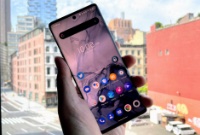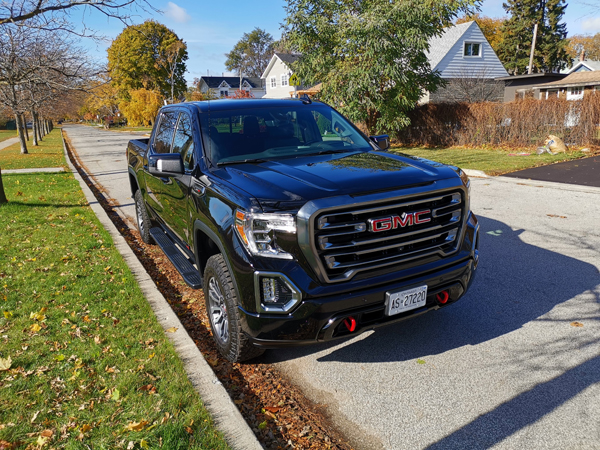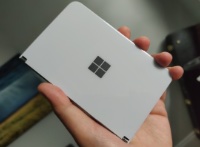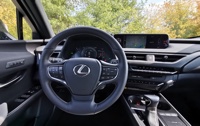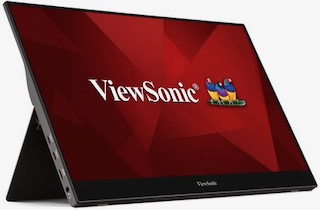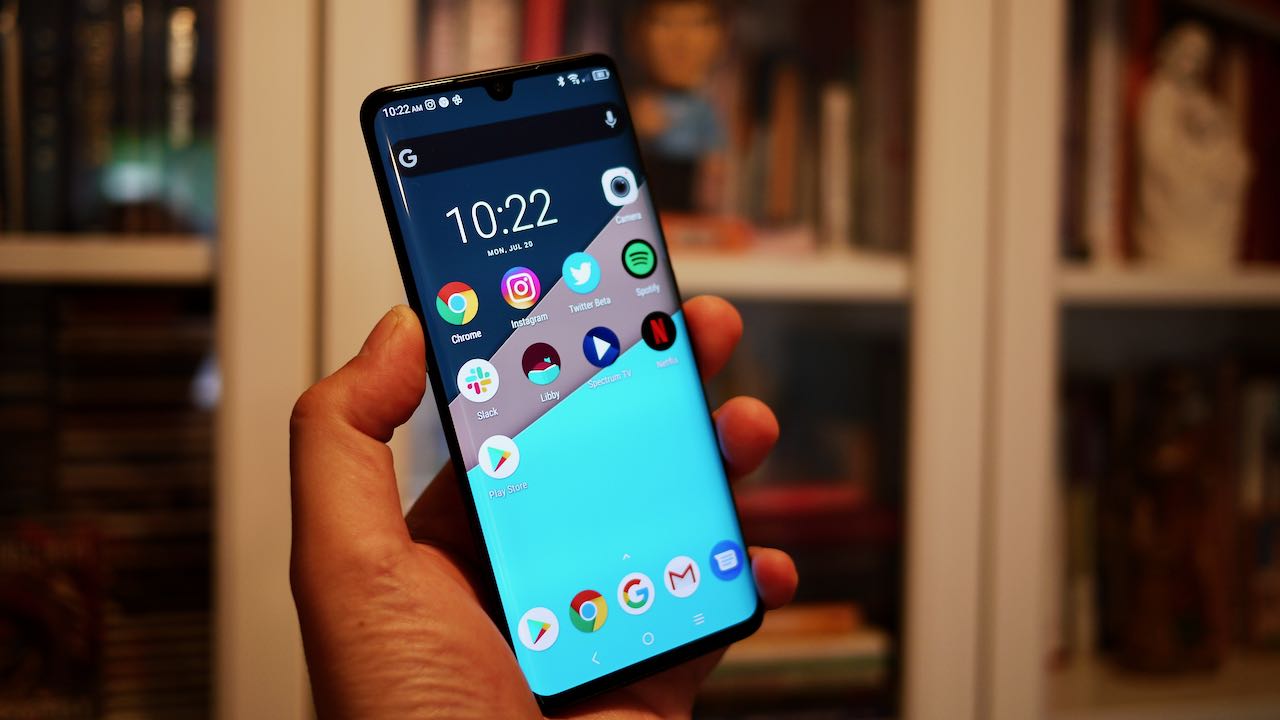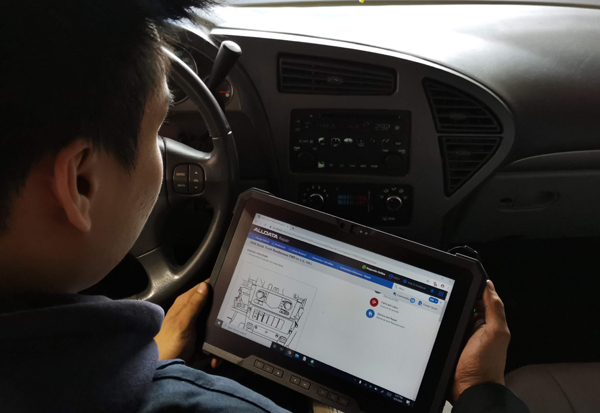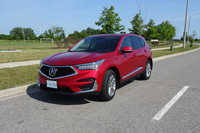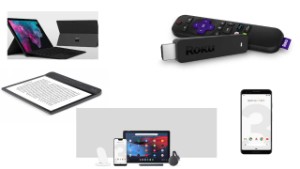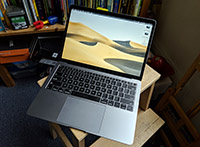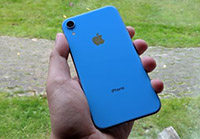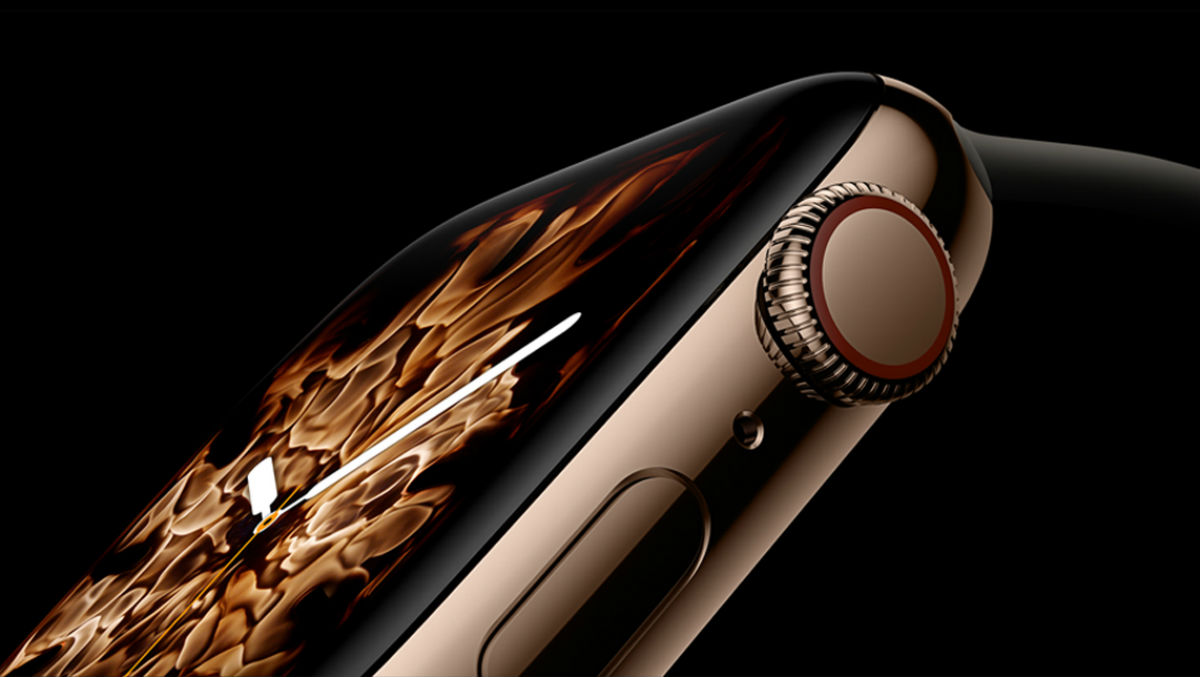Snap Inc. says they’ll start paying top creators
 Wednesday, November 8, 2017 at 2:18AM
Wednesday, November 8, 2017 at 2:18AM 
A platform is only as good as the content it produces. And while it might be a bit late, Snapchat is looking to put a bit more effort to support its pool of creators. Aside from revamping its Android app, Snapchat’s parent company, Snap Inc., plans to start paying its top creators, similar to what YouTube does with its star YouTubers that are encouraged to create videos in exchange for advertising revenue. Snap Inc.’s CEO Evan Spiegel acknowledges in his prepared quarterly remarks that they have “neglected the creator community on Snapchat that creates and distributes public Stories for the broader Snapchat audience.”
Spiegel says they plan to develop more distribution and monetization options for its creators over the next year. Snapchat might also introduce professional tools and help facilitate sharing beyond friend groups.
Source: The Verge






